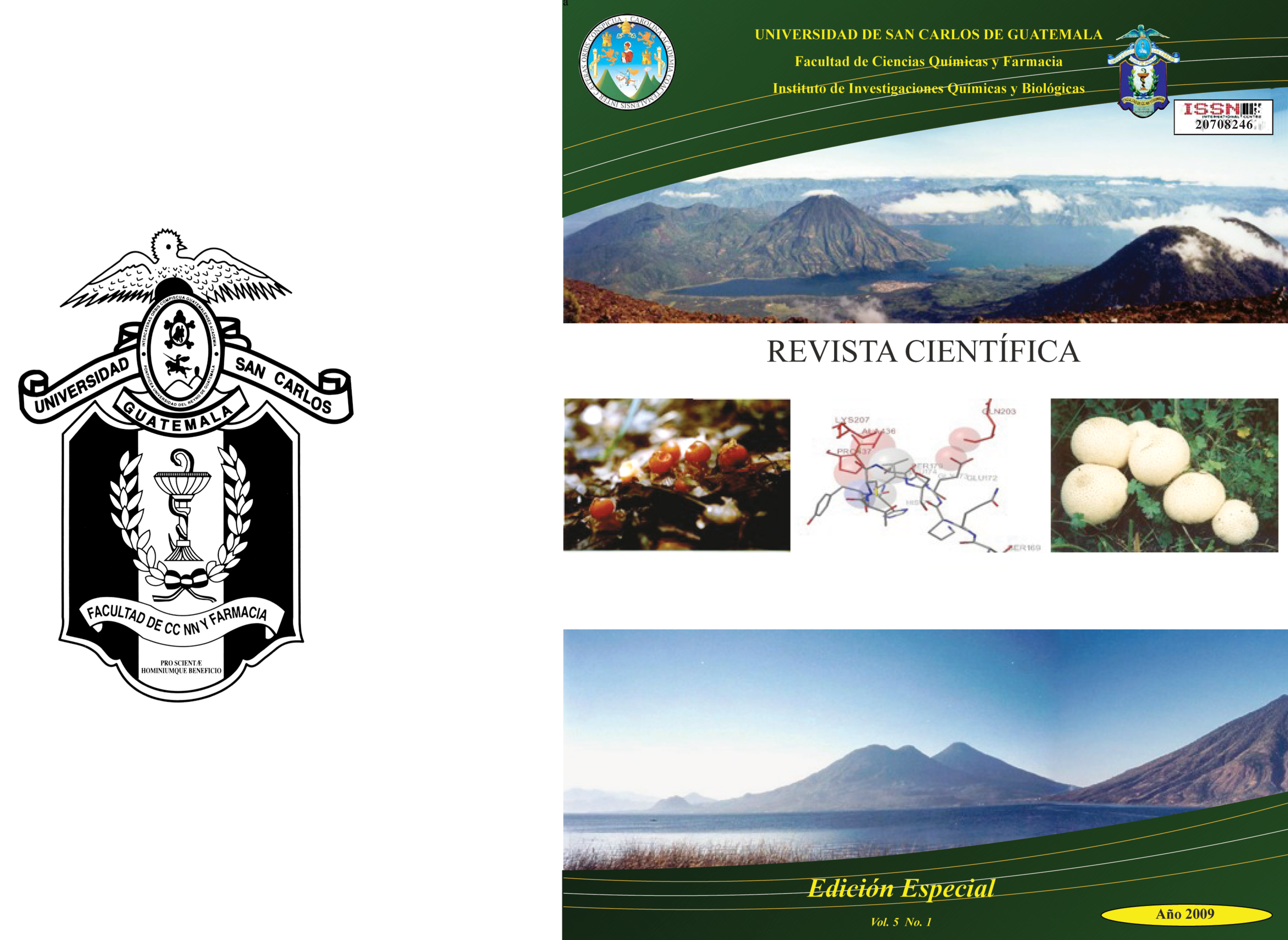Association between the presence of Helicobacter pylori and gastric pathology detected by endoscopy
DOI:
https://doi.org/10.54495/Rev.Cientifica.EdicionEspecial2009.178%20Keywords:
Helicobacter pylori, Endoscopy, Biopsy, GastritisAbstract
In order to determine the relationship between the presence of Helicobacter pylori in biopsy and gastric pathologies detected by endoscopy, this research was carried out. For this, data was collected from 1468 patients who underwent this procedure and who underwent gastric biopsy in search of the bacteria. The data collection was carried out by consulting the medical records of the patients evaluated by the gastroenterologists who collaborated with the present study and information was obtained about: age, gender, diagnosis and presence or absence of Helicobacter pylori in the biopsy performed. Of the total of 1468 patients, it was found that 536 (36.5%) were men and 932 (63.5%) women. Results for Helicobacter pylori were positive in 778 patients (53%) and negative in 690 (47%). The gastric pathology that was most frequently observed was non-atrophic chronic gastritis in 415 patients (28.2%) followed by gastritis not specified by the doctor in 294 patients. The age range in which there was a higher proportion of Helicobacter pylori infection was 41 to 50 years, finding no difference between the presence of Helicobacter pylori and gender. It is considered important and necessary that a standard classification be used in Guatemala for future studies, such as the Sydney classification to determine the presence of Helicobacter pylori and its consequent implication in the development of gastric pathology, especially cancer. In conclusion, 53% of the patients who underwent endoscopy had a positive result for the presence of Helicobacter pylori (778/1468), a fairly high percentage that correlates with the percentage of positivity found in the population.
Downloads
References
Schwizer W, et al. Helicobacter pylori and symptomatic relapse of gastro-oesophageal reflux disease: a randomised controlled trial.Lancet 2001; Págs. 1738-1742pp, https://doi.org/10.1016/S0140-6736(00)04894-7
Dunn B, Cohen H, Blaser M. Helicobacter pylori. Clin. Microbiol Rev. 1997.10 (4):720-741, https://doi.org/10.1128/CMR.10.4.720
Hernández M. Helicobacter pylori. La bacteria que más infecta al ser humano. Rev Cubana Aliment Nutr . 2001. 15 (1): 42-54.
Salgueiro J et al. Review article: is there a link between micronutrient malnutrition and Helicobacter pylori infection?. Aliment Pharmacol Ther 2004; 20:1029-1034, https://doi.org/10.1111/j.1365-2036.2004.02265.x
Khorrami S, et al. Helicobacter pylori eradication and prevention of recurrent hemorrhage from peptic ulcer. A meta- analysis. NEJM .Gut 2001; 49; (Suppl2), A61.
International Agency for Research on cancer. Schistosomes, liver flukes and Helicobacter pylori. Lyon: JARG. 1994;61:177-241.
NIH Consensus Conference. Helicobacter pylori in peptic ulcer disease. NHI Consensus Development Panel on Helicobacter pylori in peptic ulcer disease. JAMA.1994; 272:65-69, https://doi.org/10.1001/jama.272.1.65
Hernández M. Helicobacter pylori. La bacteria que más infecta al ser humano. Rev Cubana Aliment Nutr 2001:15 (1): 42-54.
Eurogast Study Group. An international association between Helicobacter pylori infection and gastric cancer. Lancet. 1994.341:1359-62, https://doi.org/10.1016/0140-6736(93)90938-D
Graham DY. Evolution of concepts regarding Helicobacter pylori: from a cause gastritis to a public health problem. Am. J. Gastroenterol.1994;89(4):469-72.
Gisbert J y Pajares García J. Tratamiento de las enfermedades gastroenterológicas. Doc. Tec. AEG. 2004 octubre. 30 pp.
Breuer TH, Malaty D &raham Y. The epidemiology of H. pylori-associated gastroduodenal diseases. En: Ernst PB, Michetti P, Smith D. The Immunobiology of H. pylori: from pathogenesis to prevention. Lippincott-Raven Publishers. Philadelphia. 1997. Pp 1-14.
Asaka M et al. Gastric cáncer. En. Mobley LT, Menz GL and Hazelli SL. Helicobacter pylori: physiology and genetics. American Society for Microbiology Press, Washington DC. 2001. Pp 481-498, https://doi.org/10.1128/9781555818005.ch40
Tachiro J et al. Gastric cancer detected after Helicobacter pylori erradication. Digestive Endoscopy. 2007; 19:167-173, https://doi.org/10.1111/j.1443-1661.2007.00749.x
Huang JQ, et al. Metanalysis of the relationship between CagA seropositivity and gastric cáncer. Gastroenterology. 2003;125:1636, https://doi.org/10.1053/j.gastro.2003.08.033
Sipponen P, Kekki M, Siurala M. The Sydney System: epidemiology an natural history of chronic gastritis. J. Gastroenterol Hepatol. 1991;6: 244-51, https://doi.org/10.1111/j.1440-1746.1991.tb01472.x
Sipponen P, Riihelä M, Hvvärinen H, Seppälä K. Chronic nonatrophic (“superficial”) gastritis increases the risk of gastric carcinoma. Scand. J. Gastroenterol. 1994:29:336-40, https://doi.org/10.3109/00365529409094845
Downloads
Published
How to Cite
Issue
Section
License
Copyright (c) 2009 L. Alonzo, G. Arroyo, M. Benito, A. Duarte, V. Matta, F. Nave, L. Pernilla, S. Polanco, G. Rodas, R. Ruiz

This work is licensed under a Creative Commons Attribution 4.0 International License.
Authors who publish with this journal agree to the following terms:
- Authors retain copyright and grant the journal right of first publication with the work simultaneously licensed under a Creative Commons Attribution License 4.0 that allows others to share the work with an acknowledgement of the work's authorship and initial publication in this journal.
- Authors are able to enter into separate, additional contractual arrangements for the non-exclusive distribution of the journal's published version of the work (e.g., post it to an institutional repository or publish it in a book), with an acknowledgement of its initial publication in this journal.
- Authors are permitted and encouraged to post their work online (e.g., in institutional repositories or on their website) prior to and during the submission process, as it can lead to productive exchanges, as well as earlier and greater citation of published work.









